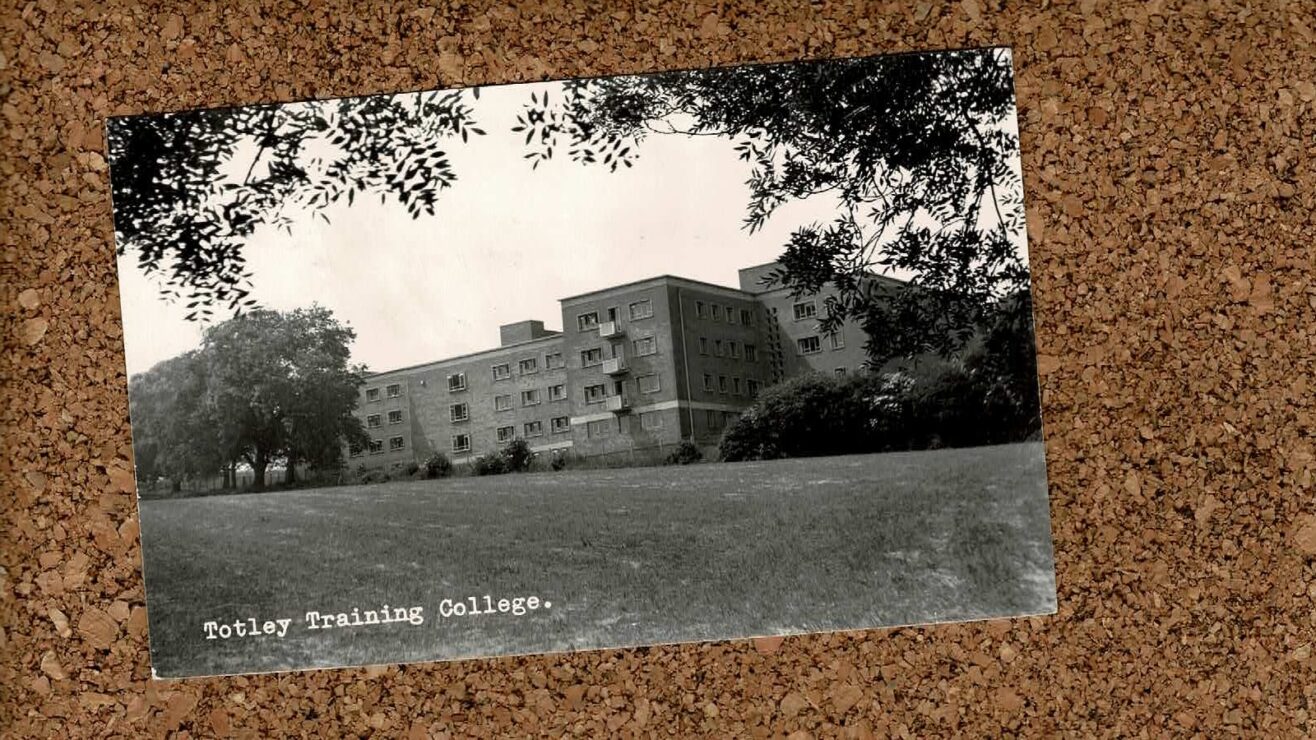In these dark and worrying times, the sector’s car parks stand idle, or spaces are offered up to support key workers.
But one day all of this will be over, and staff and students will return to their campuses – with those who drive spending considerable time on each journey trying to find a place to park. You may never have thought you’d miss spending thousands of pounds on a “hunting licence” which offers you the chance of a spot on campus if you get in before eight. But somehow it is things like this we miss the most.
Some may, not unreasonably, question why a car parking league table? Why now? Are you not aware there’s a pandemic out there?
All of these and more are very good questions indeed. However, we rank because we are. Rankings is as rankings does and there has never been a greater need for a real university league table, one that we can all relate to, not just a ranking which adds incomprehensible metrics, multiplies them by unjustifiable weightings, and then puts Oxford or Cambridge first. This is one for the university staff and students, and the only one reflecting the daily lived experiences (out of lockdown) of higher ed’s drivers and shakers.
A note on the data
The data underpinning Wonkhe’s influential University Car Parking Ranking for 2021 comes from the HESA Estates dataset for 2018-19. As usual, we compare the number of car parking places available with the calculated demand for parking – established using the percentage modal splits for staff and student commuting (using regional or national figures where this data is not available) against student and staff FTE. This methodology is unchanged from last year
Changes to the data – this data set is sadly no longer a required submission in England – mean that a record 25 providers are rendered ineligible due to no data on car parking spaces, or no staff/student FTE provided in this dataset.
One of these, heartbreakingly, is last year’s Wonkhe Car Parking University of the Year – Writtle University College. Though the Essex countryside is as verdant and beautiful as ever, we have a new provider at the top of the table. And, incredibly, we travel to London to find it.
Many congratulations to the Institute of Cancer Research, Wonkhe’s 2021 Car Parking University of the Year.
Those rankings in full
The Institute of Cancer Research has two campuses – the Chelsea corporate offices and Chester Beatty Laboratories have no onsite parking, but at the campus site in Sutton there are 362 spaces shared between 180 students and 1,030 staff. The low and falling prevalence of commuting by car in London means that ICR is one of only four providers in the UK where you are more likely than not to be able to park.
There are some who would argue that ICR is a special case – having, as it does, no undergraduates, university title or degree awarding powers. Why – they would ask – are we making a judgement quality by comparing providers with such different attributes based on nothing but abstract data? Well – we respond, this is a league table.
A strong showing from the University of Surrey sees it maintain second place from last year. In a volatile ranking such as this, we salute their tenacity and commitment. Loughborough continues its rise up the table – a well deserved third place capping off an excellent week for the east midlands stalwart.
Two new entries – Birkbeck College and the Royal Academy of Music – join SOAS at the foot of the table. These three providers share the distinction of having no parking places at all on campus.
Capacity changes
There have been numerous reports that providers are choosing to “game” this ranking by increasing their parking provision. Paving over some waste ground and drawing white lines on the tarmac could be worth a few places, surely?
We’ve plotted the change in space availability at each provider year on year. If last year saw you spending longer hunting for a space, part of the reason lies in this chart.
The University of Essex has invested in a jaw-dropping 944 new spaces, with the University of Warwick finding 415 spaces to become the first UK provider to edge above the psychologically important 5,000 barrier. Meanwhile, there are less cooling tyres among the dreaming spires – Oxford has removed 738 spaces – and there’s 462 fewer spaces in Salford.
Perhaps more importantly, we can see evidence of measures to drive down the demand for spaces. A responsible university may be enabling staff and students to work and study in a flexible manner (a shift that seems doubly important now), offering alternative options, or offering incentives, to make fewer demands on the parking estate.
Here we see evidence of a sizable drop in demand at the University of the Arts, London – but cause for concern at Manchester and Westminster. Rises may be linked to growth in staff and student numbers, and drops to shrinkage, so we need to be careful about speculating on what may have happened.
A peep into the Estate Manager’s office
Another common criticism is that we should be reversing the ranking – we should be celebrating how hard it is to park, and how few people drive on to campus. In terms of the United Nations’ Sustainable Development Goals, measures to cut down on driving could be the basis of a ranking that would look at the positive impact that universities make – though this could be seen cynically as an attempt to use data tenuously linked to social development goals to improve the fading reputation of our league tables.
But this argument kind of misses the point – if less parking provision is available and demand doesn’t drop we are forcing the problem into the neighbouring communities, creating more pollution and congestion. Parking planning requires a complex series of calculations – meeting current demand and anticipating future utilisation.
Many university boards use league table positions as key performance indicators – our ranking is certainly among them. But the truly exceptional parking planning team would use more than one dimension – wanting to see themselves as close to the line x=y in the bottom left quadrant left of this graph.
On that basis, we salute the estates planning teams at the University of Brighton, the University of Aston and Solent University – cutting provision and demand at an almost identical level this year. And Salford’s reduction now looks like very good sense indeed.
A serious business
We skipped over the fact that this particular collection of data – which contains far more useful information about the environmental impact of estates – is no longer compulsory for providers in England. Our article on this prompted a response from Michael Barber, and the issue saw discussion at the OfS Board in March.
But with the cold logic of sector competition ever-present, we all know that the market and the information that powers it is far more important than massive ongoing environmental damage to our planet, so let us be upfront about the fact that the slow decay in coverage of the HESA Estates dataset puts the very existence of the Wonkhe Car Parking Ranking in doubt.
How can prospective students make informed decisions without data-driven advice on how long they will have to spend driving around the streets near the campus looking for a parking space to get to a 9 am lecture? Barber has repeatedly written about the value of league tables in driving up the quality of service provision in public policy, so we feel confident that the Car Parking Ranking will not fail on his watch.















Despite the slightly tongue-in-cheek nature of the commentary to this table, I can recall a talk a few decades ago from the then President of the largest private sector university in the USA – University of Phoenix – where they stated that the single most important factor determining the location of the University’s many branch campuses in cities across the USA was the availability of car parking for their mainly working mature commuter students and adjunct faculty, and that this strategy had contributed greatly to their growth and success. I would far rather see which campuses are best located for… Read more »